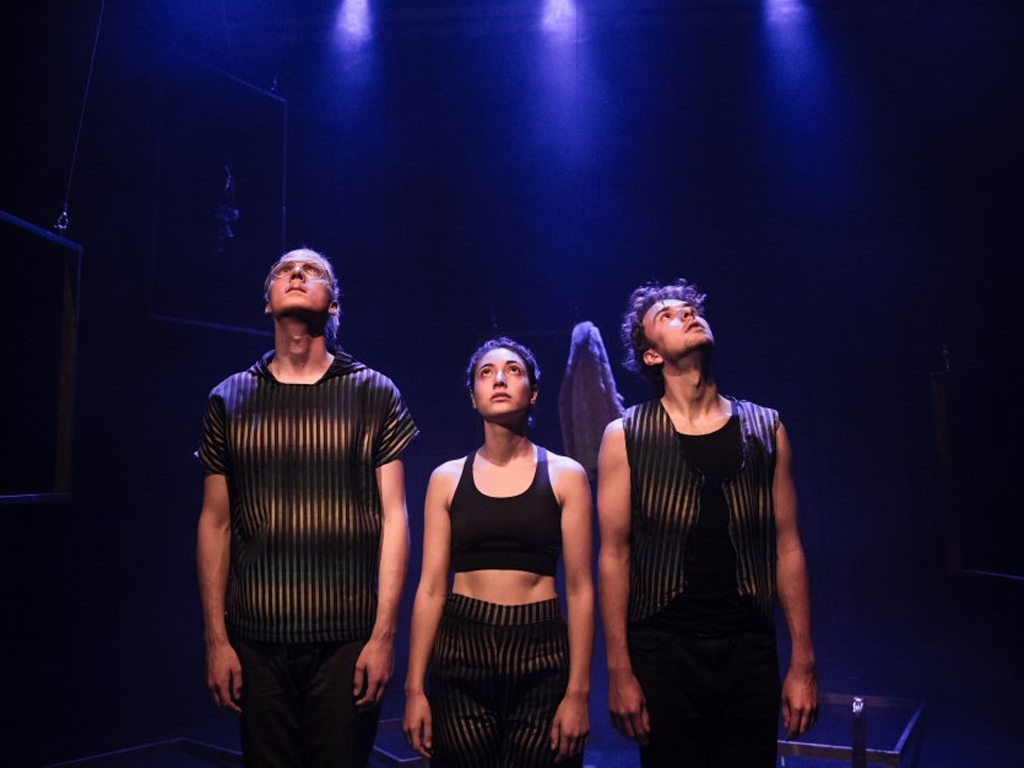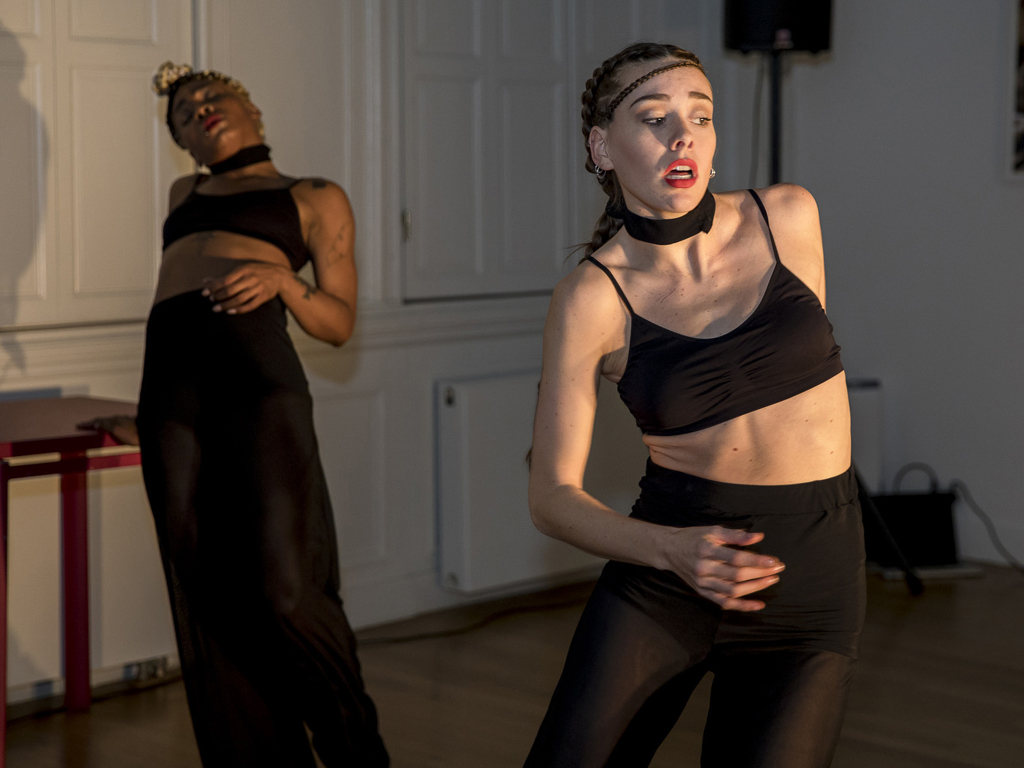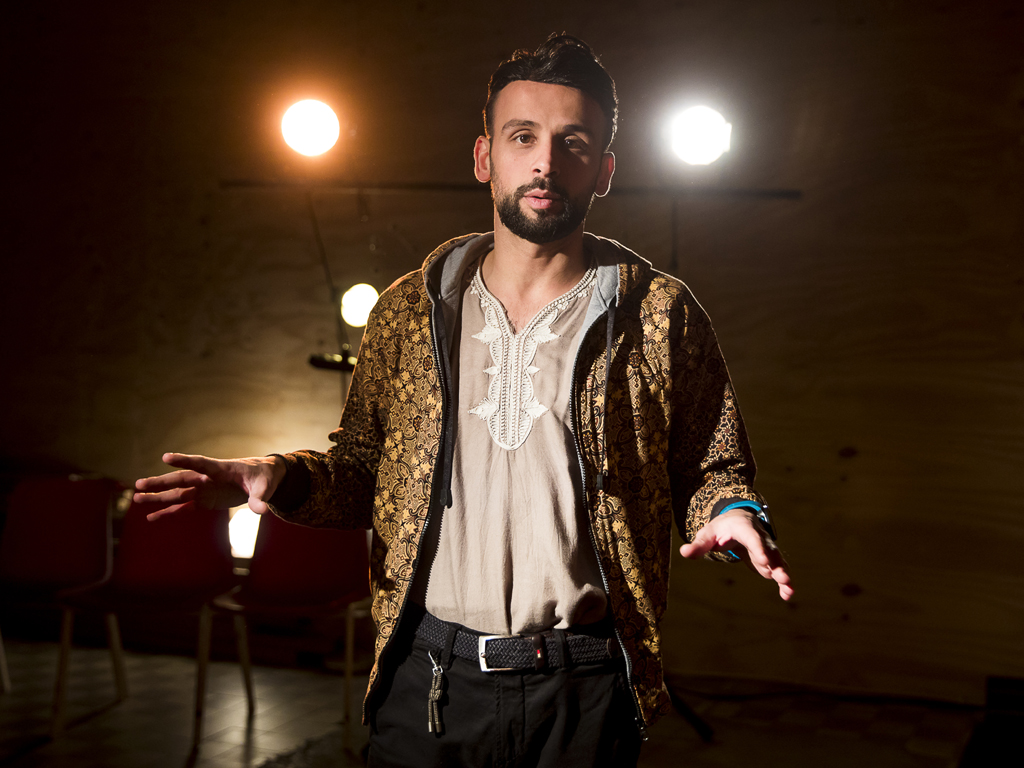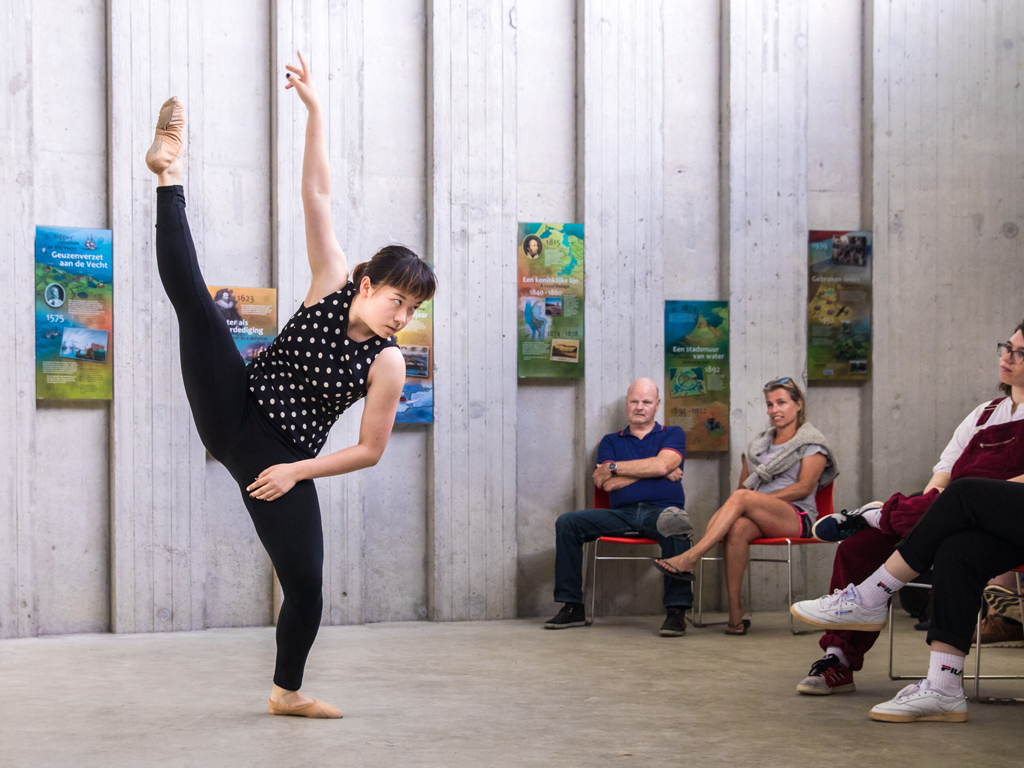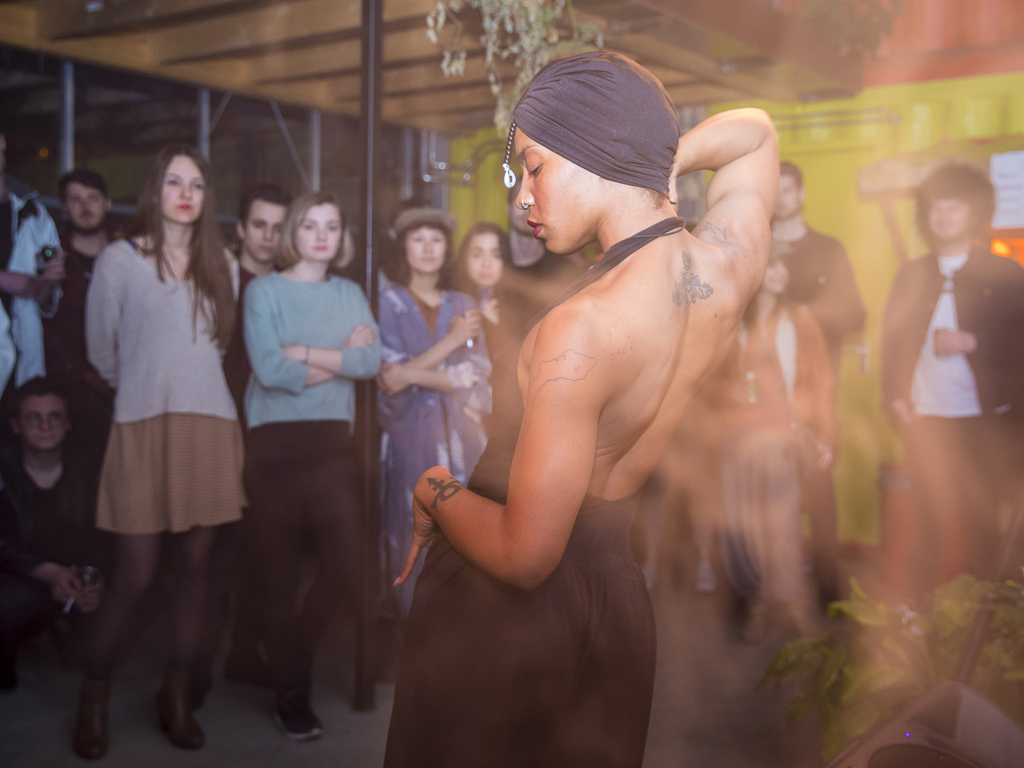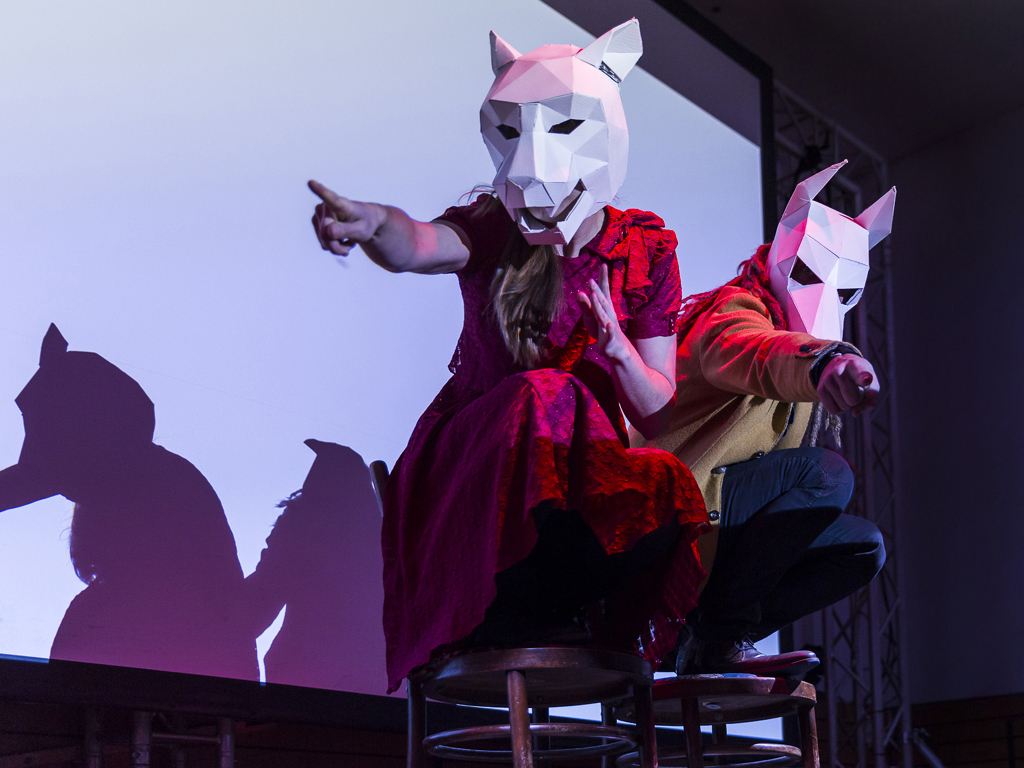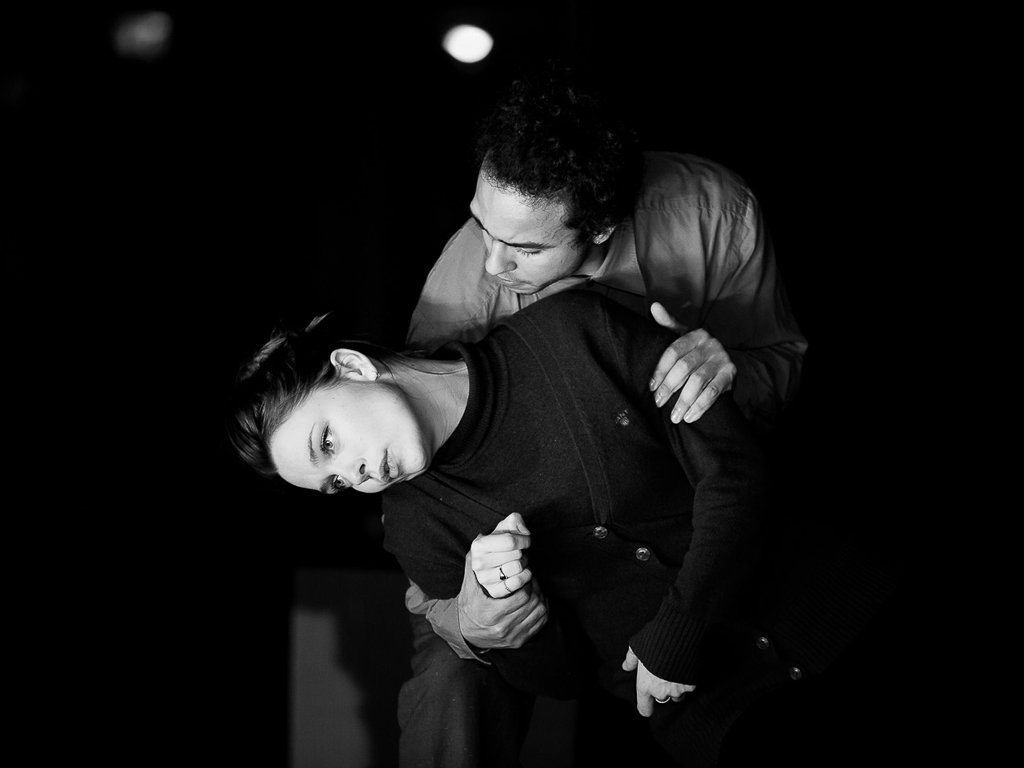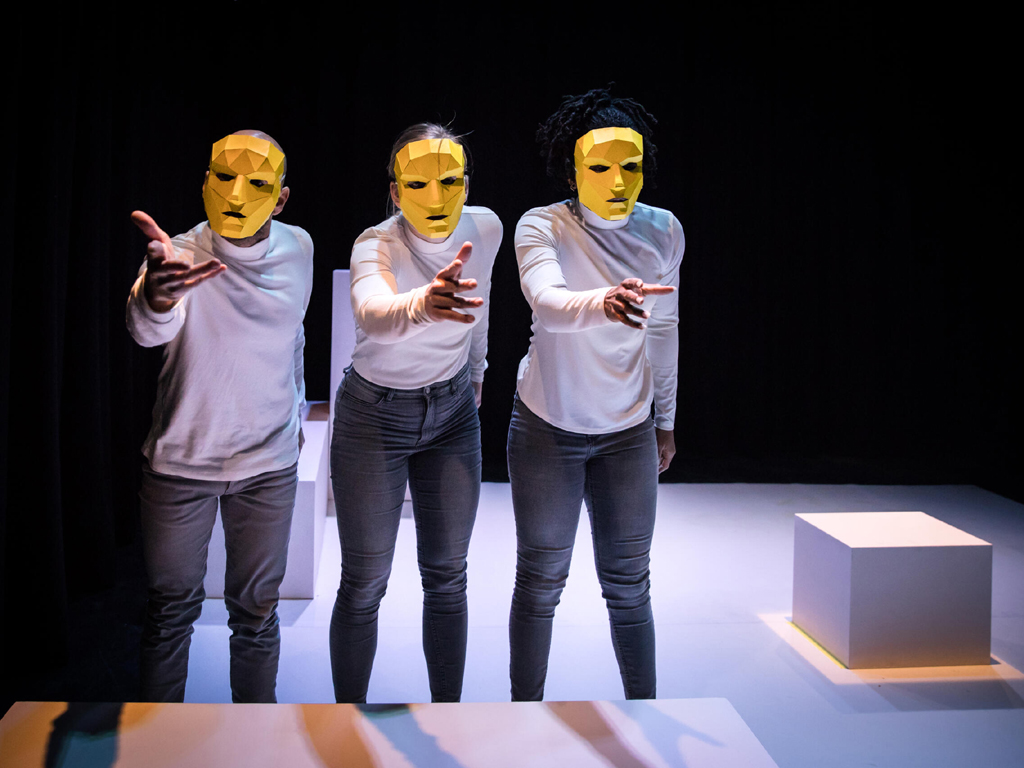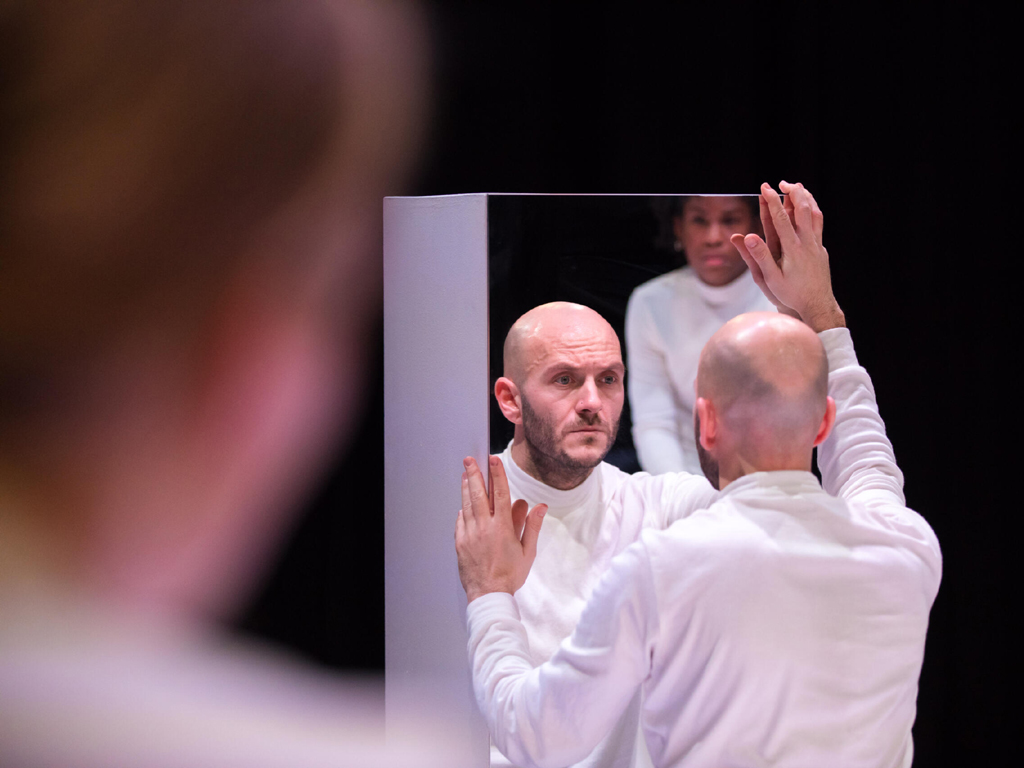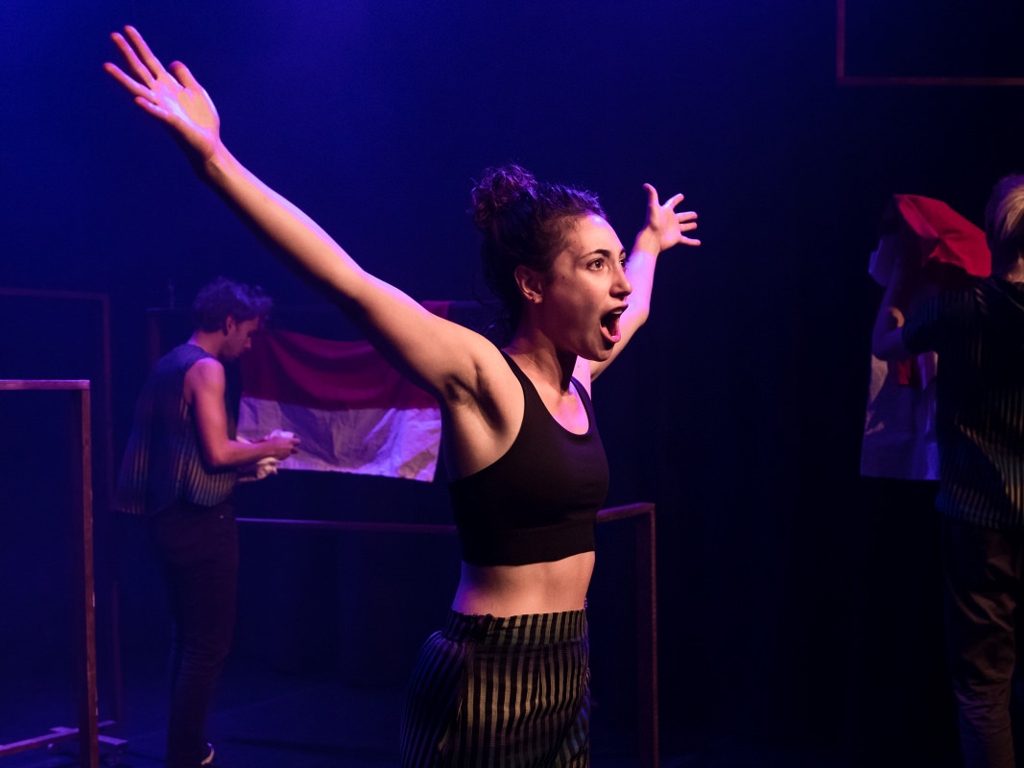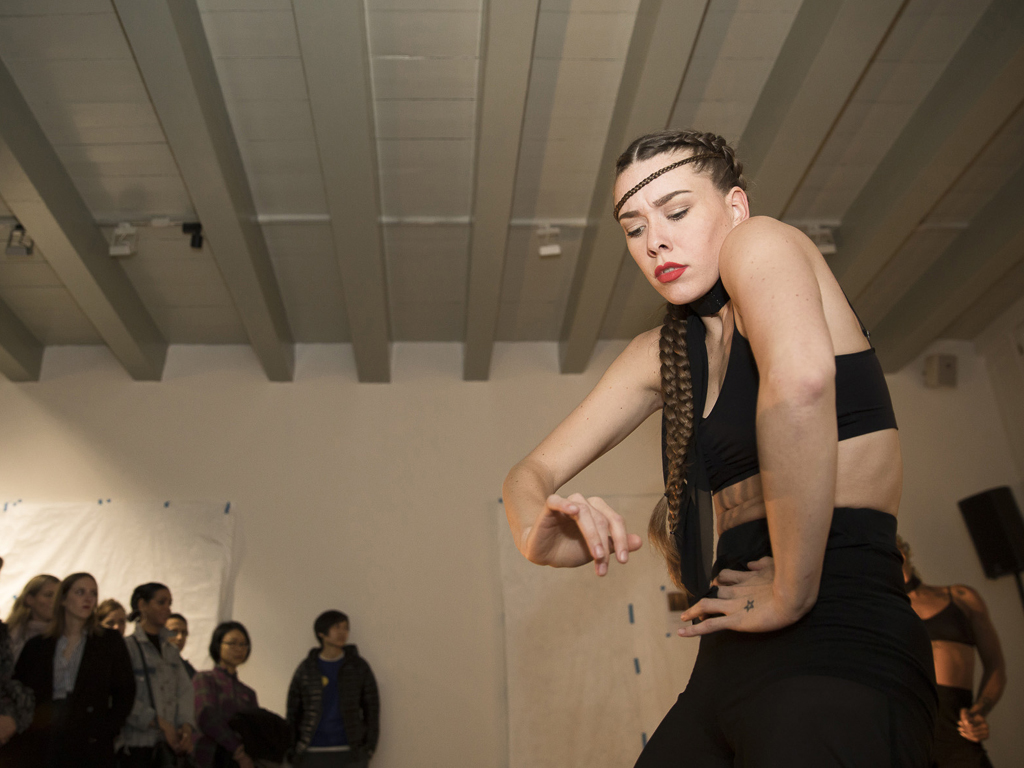Photos of a live artistic performance must be as elegant, energetic and dramatic as the act and the artists who are bringing this performance to life. Dance or theatre photography is both a visual feast and a study of movement, body language and facial expressions.
Here are a few tips to obtain a thoughtful and creative caption of your performance.
1- Prepare yourself, get to know the performance
To choose the right equipment, catch the crucial moments and transcribe the dramaturgy and essence of a performance, you need to anticipate by studying the show, familiarizing yourself with the pace of the theatre play or with the dance style. You also need to know if the shooting will take place during a rehearsal when you will be able to move around and even ask the artists to replay a scene. Or will it be a live public show when you need to stand in a particular spot not to disturb the audience? This makes a significant difference and you will have to take different technical decisions depending on the context.
In any case, if you can make sure beforehand why and when the action will take place, this allows you to make the right choices and snap all decisive moments.
Either you can ensure you view the performance before your shooting or a rehearsal or you can discuss with the crew and the artists, the dancers, the performers, the director, ask them questions about the pace of the choreography, the message to convey, any key moments to focus on and particularly dramatic or impactful moments.
You can also ask the director if there is a video of the performance that you could view to prepare your shooting.
Make up a shot list ahead of time to help prepare your photoshoot and decide which equipment you need to use.
2- The lighting, part of the performance
This is also part of your preparation. The story, the message, when the action and key moments will occur is important to know, you also need to study the lighting so that you know what to expect, where to stand and which artistic choices to choose and settings to adopt.
Lighting is an integral part of the artistic production and allows conveying a message and emotions as much as the artists can do when performing, it is, therefore, wise to talk to the lighting technicians before the show.
3- Embrace contrast, don’t be scared by dark areas
A natural reaction when shooting theatre or dance performances is to attempt to capture the entire scene with the correct exposure so that everything is correctly lit, the artists but also their surroundings, the decor etc.
However, this is mostly impossible because the stage spotlights will strongly enlighten the artist while the stage will be quite dark. Don’t be afraid to manually set your exposure on the brightly lit performers to expose them correctly. This means that some part on the stage and anyone or anything in the unlighted background will be very dark. This is not an issue, on the contrary, this contrast will highlight the artist, his/her movements and expressions. Particularly because this allows you to decrease your ISO and/or shoot at a faster shutter speed so that you have neater and sharper photos.
4- Play with depth of field
Make your photos stand out even more, and create depth. To avoid flat and static photos, playing with depth and perspective will give a dynamic dimension to your photos and will enhance the dramaturgy, the movements and the emotions. Depending on how far away from the performers you can stand and the lens you are using, try if possible to play with the foreground elements, your focus point and the background element. Use a wide aperture that allows you to have a narrow DoF, and a faster shutter speed so sharper photos and to enlighten your subject.
5- Zoom on the emotions
Shoot tight! If it is also necessary to take a few wider shots to set the scene, give the preference to narrow shots to highlight the emotions and the dramaturgy. In line with the previous tip, a zoomed-in image with a narrow depth of field will enlighten the expressions and emotions of the performers.
6- Move around
Don’t hesitate to vary your position and shoot from different angles. This allows you to get a wider set of eventful images with different perspectives.
Depending on the message and the rendering you have to produce (for example, great shots for a magazine, close-up portraits for a performer’s portfolio, wider shots rendering the success of the show with the crowd for a marketing purpose..) and if it is technically possible for you, move around to shoot from higher angles, from a lower point of view, from the audience, from the stage etc.
7- Feel the moment and be creative
Stay bold and creative! If preparation is key to avoid missing any key moments, shooting a live performance like shooting an event cannot be planned entirely like shooting in a studio. You will need to quickly adapt and embrace the unexpected, live the emotions and make them yours. Be spontaneous and creative! And most importantly don’t forget to have fun!
8 – Hire a professional photographer
Hiring someone may seem expensive and it is tempting to save money on such costs but the best way to receive high-quality images of your show and highlight your production is to trust a professional. A live performance photographer will capture pictures of dancers and comedians in mid-motion, freeze powerful expressions in time and highlight the skills of the artists and the spirit of the performance.
Photos are a versatile asset and the best durable method to get exposed, share an experience and build your image; in the long run, it is an investment that will allow you to save time and avoid hassles. Hiring a professional event photographer will have many benefits, such as profiting from his/her experience, equipment and dedication.
If you need any help or advice to organize the photoshoot of your dance or theater performance, do not hesitate to reach out to me!

